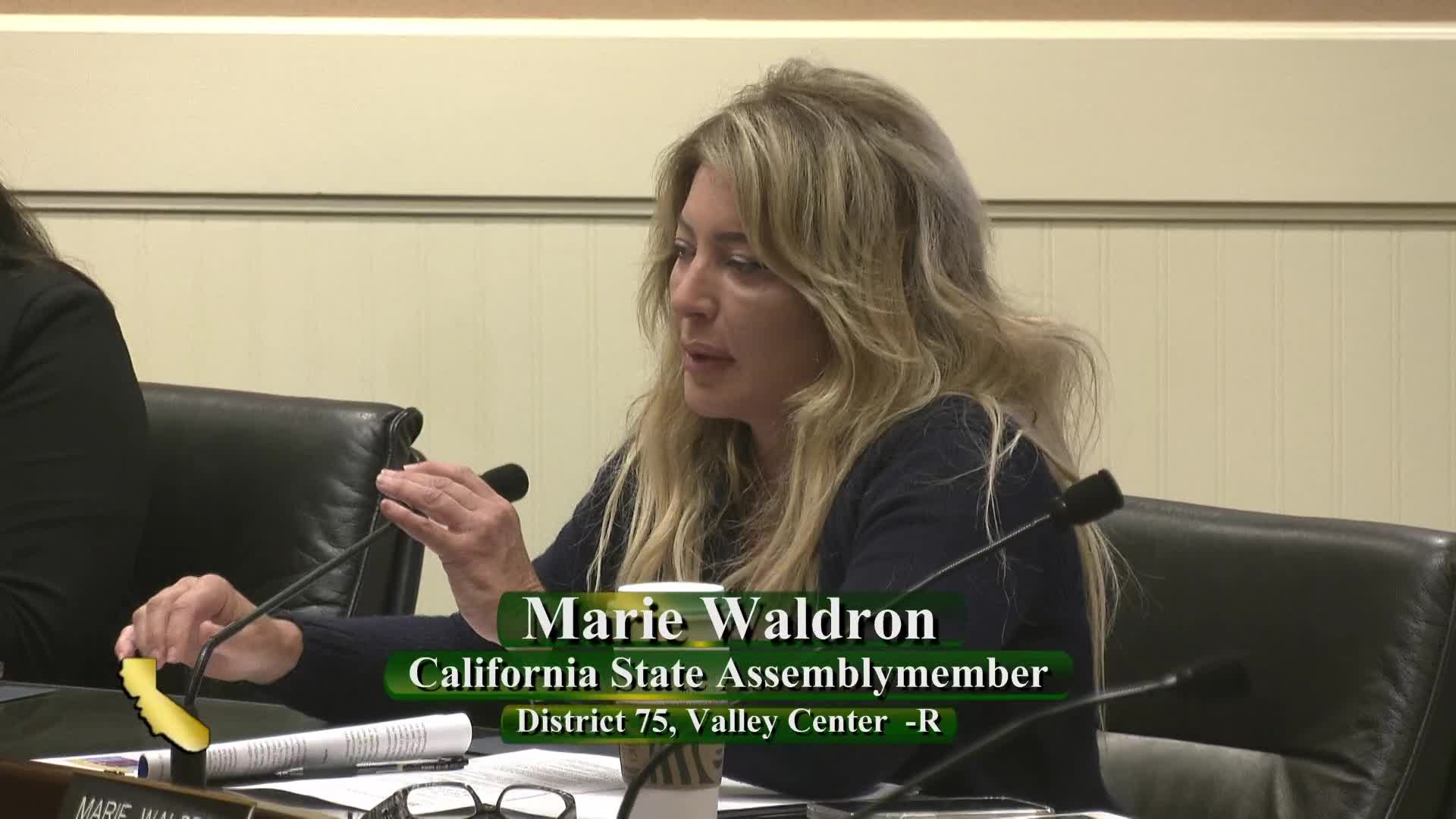City revitalization sparks community transformation and leadership emergence
August 12, 2024 | California State Assembly, House, Legislative, California
This article was created by AI summarizing key points discussed. AI makes mistakes, so for full details and context, please refer to the video of the full meeting. Please report any errors so we can fix them. Report an error »

In a recent city council meeting, a former council member shared insights from their 14 years of service in Escondido, a city with a rich history dating back to its incorporation in 1888. The discussion highlighted the challenges faced by the community, particularly in low-income census tracts characterized by a high immigrant population and deteriorating infrastructure, including a lack of sidewalks.
To address these issues, the city utilized Community Development Block Grant (CDBG) funds to implement infrastructure improvements, specifically focusing on installing sidewalks to enhance safety for children walking to school. The initiative not only aimed to improve physical infrastructure but also sought to revitalize the community spirit in areas plagued by crime and neglect.
As the city engaged with residents to identify their needs, an unexpected transformation began to unfold. The project sparked a grassroots movement, leading to the emergence of community leaders who organized neighborhood groups. These groups, formed organically as a result of the city’s outreach, began to collaborate with local officials, sharing their visions for a better community.
The former council member noted that the improvements led to a ripple effect: as sidewalks and lighting were installed, residents took pride in their surroundings, painting their homes and planting flowers, which contributed to a renewed sense of community. Council members actively participated in these neighborhood meetings, witnessing firsthand the positive changes and the revitalization of once-neglected areas.
This initiative underscores the potential of community engagement and infrastructure investment to foster not only physical improvements but also social cohesion and pride among residents.
To address these issues, the city utilized Community Development Block Grant (CDBG) funds to implement infrastructure improvements, specifically focusing on installing sidewalks to enhance safety for children walking to school. The initiative not only aimed to improve physical infrastructure but also sought to revitalize the community spirit in areas plagued by crime and neglect.
As the city engaged with residents to identify their needs, an unexpected transformation began to unfold. The project sparked a grassroots movement, leading to the emergence of community leaders who organized neighborhood groups. These groups, formed organically as a result of the city’s outreach, began to collaborate with local officials, sharing their visions for a better community.
The former council member noted that the improvements led to a ripple effect: as sidewalks and lighting were installed, residents took pride in their surroundings, painting their homes and planting flowers, which contributed to a renewed sense of community. Council members actively participated in these neighborhood meetings, witnessing firsthand the positive changes and the revitalization of once-neglected areas.
This initiative underscores the potential of community engagement and infrastructure investment to foster not only physical improvements but also social cohesion and pride among residents.
View full meeting
This article is based on a recent meeting—watch the full video and explore the complete transcript for deeper insights into the discussion.
View full meeting
